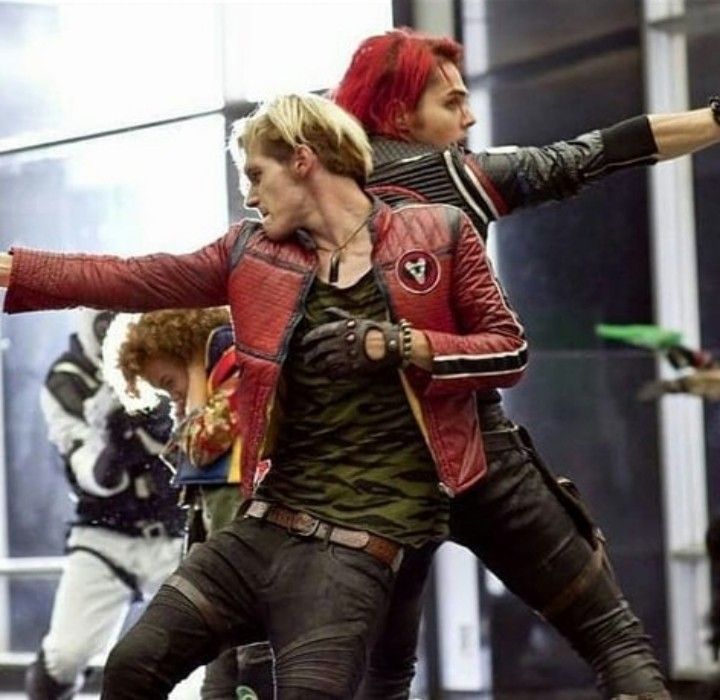P10 - Force and motion
Cards (26)
- The greater the resultant force on an object, the greater the acceleraton
- The greater the mass of an object, the smaller the acceleration for a given force
- force = mass x acceleration
- IntertiaThe tendency of an object in motion to stay in motion
- Terminal velocity
- For an object falling through a fluid:
- there are two forces acting - the weight due to gravity and the drag
- the drag force increases as the object speeds up
- the resultant force decreases as the drag increases
- the acceleration decreases as it falls
- if it falls for long enough, the object will reach a final steady speed
- Terminal velocityThe constant velocity a falling object reaches when the frictional force acting on it is equal to its weight
- Stopping distancethe distance a vehicle travels to safely come to a stop
- stopping distance = thinking distance + braking distance
- Thinking distancethe distance the vehicle travels during the driver's reaction time
- Braking distancethe distance the vehicle travels once the brakes have been applied
- Speed has a bigger effect on braking distance than thinking distance
- thinking distance is proportional to the speed of the vehicle
- braking distance is proportional to speed squared
- Factors affecting braking distance
- the speed of the vehicle
- road conditions
- the condition of the brakes and tires
- Any condition that causes less friction between the tyres and the road increases the braking distance
- Braking
- When the brakes of a vehicle are applied, a frictional force is applied to its wheel
- Work done by the frictional force between the brakes and the wheels transfers energy from the kinetic energy stores of the car to the thermal stores of the brakes
- This increases the temperature of the brakes
- energy transfer (J) = braking force (N) x distance (m)
- The faster the vehicle moves or the greater its mass
- the greater the energy in its kinetic energy store
- the more work that has to be done to transfer the energy to slow it down
- the greater the braking force needed to stop it in a certain distance
- the greater the distance needed to stop it with a certain braking force
- Factors that affect reaction time
- tiredness
- drugs
- alcohol
- distractions
- Ruler drop testDrop a ruler between someone's fingers and the distance it fells before they catch it before they catch it is used to calculate their reaction time
- Momentum
- if an object is moving or able to move, an unbalanced force acting on it will change its momentum
- force = (change in momentum x velocity) / time
- The greater the time taken for the change in momentum:
- the smaller the rate of change of momentum
- the smaller the force it experiences
- The force acting on an object is equal to the rate of change of momentum of the bject
- Vehicle safety featuresIncrease the time taken for the change in momentum
- Vehicle safety features
- air bags
- seat belts
- crumple ones
- cycling helmets
- crash mats
- Deceleration
- the greater the braking force, the larger the deceleration
